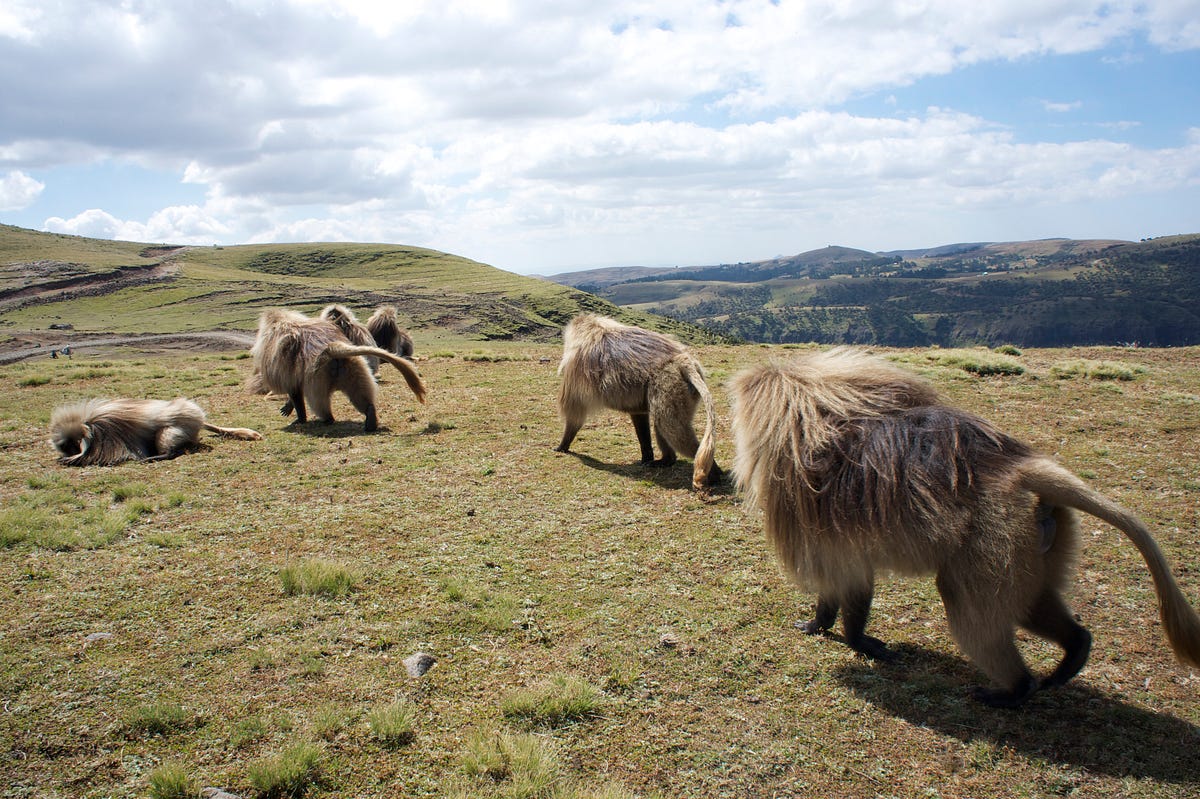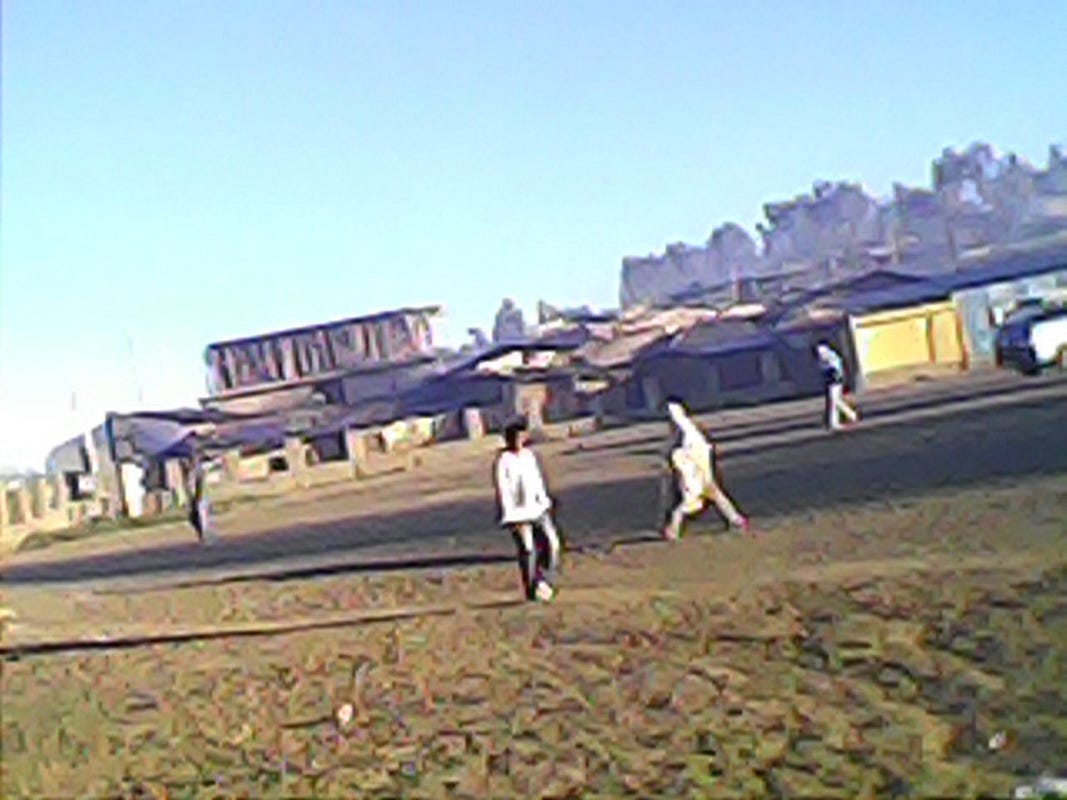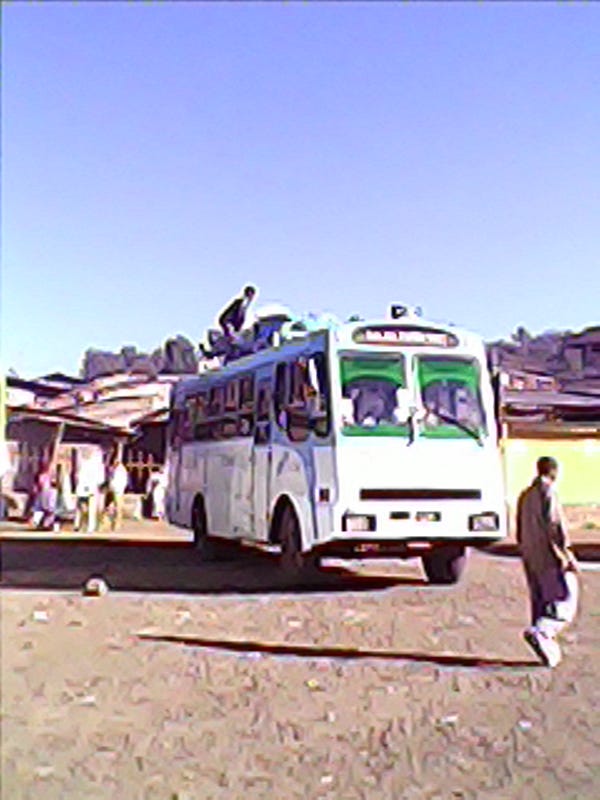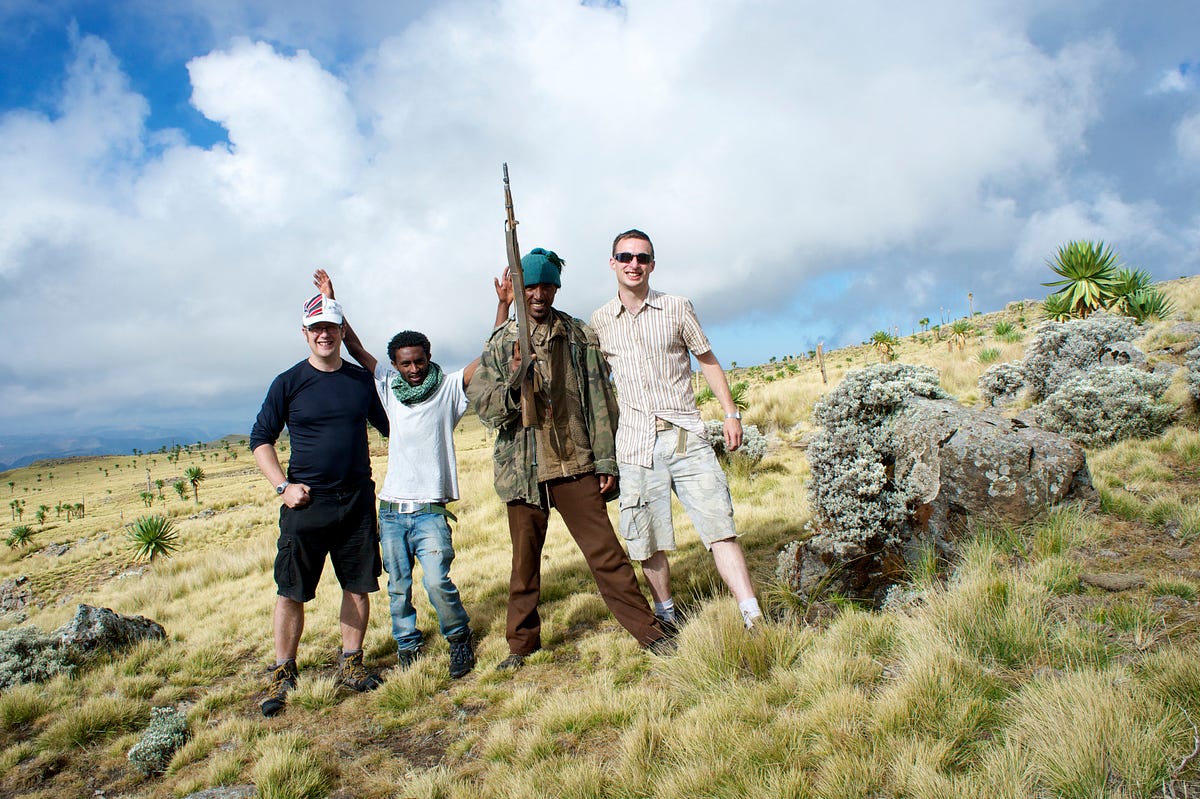My old friend and former South African park ranger, MikeC, was keen to contribute to The Rough Guide to a Lonely Planet. And, as a well travelled soul, I am pleased to have him on board for another of our guest posts. Being a seasoned traveller means that MikeC likes to explore places less frequented by other travellers; something he wanted to share with you. And, in this post, you get some great advice and insight into a particular part of our guest poster's current home country, as he guides us off the beaten track in Northern India.
------------------------------------------------------------------------
I thought for this guest author piece, it
would be interesting to look at some alternative ideas for travel in Northern
India. Everyone knows you usually go to Agra to see the Taj Mahal, Delhi to see
the Red Fort abd so on, but what I decided instead, which I think will be much more
fun, and more useful for those thinking of India, is having a look at some of
the lesser-known places in Northern India. I have decided to take you on a trip from
Agra, west across India; an A to B, so to speak. So, sit back, grab a cup of coffee
and let me do what no Indian bus can do; get you from A to B comfortably, quickly
and with a comprehensive understanding of what is going on!
Fatehpur Sikri
Of course, you are all going to go to Agra
anyway, so it makes sense that we start our journey here. We are going to start
our journey here and continue west, until we run out of India! The first place on our journey is Fatehpur Sikri
which is a semi-restored fort city about an hour from Agra comparatively
unknown to tourists and foreigners. Contrary to what local tuk-tuk drivers out
to make a quick buck will say, there is a very
comprehensive bus service which will take you there in a lap of
un-airconditioned luxury; in a bus which lacks everything from seat belts and
working suspension, to a driver whose interpretation of brakes is using the horn instead! If
you’re really lucky, you might be able to share this bus ride with all manner
of animal life, small children and anything else which wants to get out of
Agra!
Fatehpur Sikri (source - MikeC)
The fort town of Fatehpur Sikri is small
enough to get around in a couple of hours. It is a mix of religions with a
large Mosque on one side around which the Imam will show you for a ‘donation’,
to the old ruins on the other side. The inside of these have been meticulously
restored and are well worth a wander around. There are of course more striking
ruins and forts in India, indeed when arriving; I asked a Spanish man what he
gave it. He replied 7, when I responded with ‘out of?’ he laughed and walked
off! That said, I think well worth a visit!
The Keoladeo National Park
The Keoladeo National Park (source - jagdeeprajput.com)
On a slight detour from the road to Jaipur,
is the Keoladeo National Park. Far less touristy than Ranthambore National Park (probably because it
doesn’t have any tigers) it is well worth the journey. Buses will get you to
Bharatpur which gets you close to the park and to a place where there is plenty of
accommodation. Tours in Keoladeo are either on foot or by cycle rickshaw. Guides range, of course, from average up to very knowledgeable and many hotels
will arrange for a guide (although I’m sure there are some business dealings
between hotels and certain guides, so it is best to shop around first). The majority
of people who go to Keoladeo are birdwatchers, but don’t let this put the rest
of you off. There is some fantastic wildlife around, and it is great just to be
somewhere so calm and quiet!
Chand Baori
Chand Baori Stepwell - between Jaipur and Agra (source - MikeC)
On leaving Keoladeo, you have a couple of
travel options. You can either take the train directly to Jaipur, or return to
the Agra road. The road continues and eventually ends up in Jaipur, more on
that later. However before getting to the Pink City (which is not actually
pink) you can take a detour and seemingly go back in time to a place called
Chand Baori. Chand Baori made a very brief appearance in ‘The Dark Knight Rises’
which again we will get back to later. It is, in fact, the largest stepwell in
Northern India. The hassle of getting here is more than compensated for by the
wonder of the place itself. Unfortunately, India being India, there is little
in the means of ease of transport here! The local bus will drop you in a
decidedly rundown and uninspiring roadside stop at the junction between
highway 11 and 25 after which, you need to find yourself a tuk-tuk who will take
you the rest of the way. Don’t let the hassle of the journey put you off as the
result is well worth it. Anyway, the challenging journeys always make for
better stories! The stepwell is a unique place, made better by the distinct
lack in tourists. The visitors book will tell you that only a few foreigners a
day make it, a stark contrast to much of the rest of India. There are a couple
of guides who will take you round, but honestly what you see is what you get
and they aren’t really necessary. That said, they can unlock some gates and get
you to places you can’t otherwise go for some great photos. Nevertheless, this is
such a photogenic place, taking a bad photo here is a challenge! The site itself is pretty small and you
will likely be done in an hour or so. There are a couple of small temples
around, and the scenery is great, but apart from that, there is little to keep
you from the drive back and the wait by the side of the road for another local
bus to complete your journey to Jaipur.
Galtaji Temple
Galtaji Monkey Temple, Jaipur (source - MikeC)
In keeping with the theme
of the lesser-explored places of Northern India, I won’t dwell much on the
common attractions of the Pink City. Any guide book will give you pages of
information on the Hawa Mahal, The City Palace, Jantar Mantar etc. Some of the other
highlights of Jaipur include Galtaji Temple, commonly known (although not always
to tuk-tuk drivers) as the Monkey temple. As the name suggests it is inhabited
by dozens of (mostly) friendly monkeys! Get there early before the heat makes
the monkeys go and rest. I’d also suggest taking some bananas to give to the
monkeys. Not only is this better for them that the ‘monkey food’ which you get
hawked at the entrance to the temple, but they also make for some great photos
as the monkeys will take the bananas from your hand! As with most places in
India, there is always someone around who wants to offer their services in
exchange for your rupees! On a previous trip I was approached by a young man
offering to escort me up to the temple and protect me from the monkeys. What
exactly qualified him as a monkey protector remained to be seen, but he seemed
confident in his own abilities, although decidedly disappointed when I told him
I would take my chances! His parting words of ‘don’t blame me if you get
bitten’ did little to discourage me. Indeed, he made himself scarce when I
returned monkey-bite free!
Pushkar
Moving further West through Rajasthan, you
come to the equally touristy Pushkar, famous for camel safaris, shopping and
people who want to charge you a lot of money to throw a flower in a lake! A
word of warning, don’t take the flowers! (don’t say I didn’t warn you!) For
such a touristy place, although not entirely unexpected for India, getting to
Pushkar itself isn’t as easy as it should be! There is no direct bus service,
instead, you need to get a bus form Jaipur to Ajmer, then change and take
another to Pushkar. There are no air-conditioned buses, so be ready to enjoy
the local buses imagining what life must be like as a sardine in a microwave!
While camping in Pushkar,
you will find some tents have superior build quality than others. Inspect your
tent thoroughly for inferior building standards!
Carry On Camping...Indian Style (source - MikeC)
Jodphur
From Pushkar, you can continue your travels
in a few directions. Further West takes you to the blue city of Jodhpur, home
of the prison and fort in ‘Dark Knight Rises’. No before you ask, this isn’t a
tour of places Christopher Nolan has shot scenes from films! Despite recent
fame, it is only really the fort which is what brings you to Jodhpur, as well
as the blue buildings, which unlike the ‘pink’ of Jaipur, are actually blue! The fort is a fantastically imposing structure, sitting high on the cliff-top
over the town, it is one of the finer forts in Rajasthan. That said though,
Jodhpur is a one night trip at most.
Jodhpur, the Blue City (source - junctionholidays.com)
Jodhpur Fort (source - Transtech Packers & Movers)
Udaipur
Udaipur (source - MikeC)
Although not really ‘unknown’ and ‘untouristy’ Udaipur is worth a brief mention as we have a film-set theme going on here! Slightly older readers will probably recognise Udaipur as the setting for 'Octopussy' which is, I’m sure much to the frustration of local waiters, plays every evening in a number of roof-top restaurants. The city itself is great for a weekend, aside from the lake which is the main attraction; there are a number of palaces which are well worth a visit as well as some good shopping and some excellent restaurants. Udaipur is well connected with other cities and definitely not to be missed out! The City palace in Udaipur is one of the main attractions. It is well worth half a day to explore. Boat tours are also a good way to see the city.
Finally, there are a couple of other places
worth mentioning, perhaps for the more intrepid traveller, or the traveller who
is happy spending the best part of a day on Indian trains or buses would enjoy! From Jodhpur, you can continue your journey West towards Pakistan, just this
side of the border, you find the town of Jaisalmer. As with most cities in
this area, the fort is often the focus and the main reason to visit. The
Maharaja Palace in Jailsamer is no exception, affording spectacular views of
the city and surrounding desert. As with most of these cities, one night is
really all you need.
That leaves one place left on the journey,
one not for the faint hearted. Karni Mata or 'Rat Temple' lies North East of
Jailsamer and due north of Jodhpur. Your best chance of getting to the 'Rat Temple' is getting to Baikaner, train or bus, and then getting a train from Baikaner to Nagaur, and getting off at the stop
‘Deshnok Junction’ which is right next to the temple. Once in the temple, you
are on your own! Try and avoid stepping on the rats! Also be on the lookout for
a white rat, which are supposed to be lucky. For the sake of those of you who are a bit
more squeamish, I will avoid any photographs! You can get around the temple
quickly, and there is really little to see/do apart form that, so after the temple,
probably time to head off. Unless you have a Pakistani visa, then you are
running out of Western India, so time I think to head North or South, whatever takes
your fancy. India is an enormous country that leaves the traveller with plenty more to see and do!

Our Man in India - MikeC (source - MikeC)









































